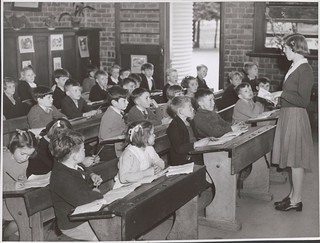Throughout the Discovering Mathematics module we have learned that there is a lot more to maths than just timetables and textbooks, maths is all around us! It’s in space, nature and even in art. Who would’ve thought? In our recent lecture about maths in art all I could think was wow, in a subject once considered boring we can combine the fun and enjoyment of art to completely change children’s attitude towards mathematics.
In Liping Ma’s idea of a “profound understanding of fundamental mathematics” she mentions “interconnectedness” and this is great example of how we can connect two topics that at first glance, seem completely unrelated.
Pattern
If we look at the above example of Islamic art it is clear that mathematics came into play during its creation, art of this origin is usually stuffed to the brim with beautiful geometric designs that include mathematical concepts such as shape, repetition and rotation. symmetry plays an extremely vital role and many Islamic pieces allowing these mathematical concepts to develop, whether it be one main line of symmetry down the middle or several to create an endless number of beautiful patterns.
Symbolism
As well as within the patterns in Islamic art, mathematics is present within the ideas behind many of the creations, components of shapes are unpicked within the subject however within this art many of the components have meaning.
The equilateral triangle represents the ideas of “harmony” and “human consciousness” whereas a square is seen to represent the world and the four corners stand as the four directions (NORTH, EAST, SOUTH and WEST) also as the four elements (WIND, WATER, EARTH and FIRE). The third main symbolic shape throughout Islamic art is the hexagon which represents heaven. finally, the star is seen as a central area with the spread of Islam through its points.
Of course Islamic art is just one example of how maths and art intertwine, there are a number of ways that we could incorporate the two subjects to get children excited about maths again. Using them together will also encourage children to develop a specialist knowledge of the subject and will help them to see that their are multiple perspectives within the subject and they can use what they know to find out more about the world, not just to achieve the required answer to a problem.
Ma, L.(2010) Knowing and Teaching Elementary Mathematics. New York: Taylor and Francis.
University of Leeds International Textiles Archive.(2008)Form, Shape and Space: An Exhibition of Tilings and Polyhedra. St. Wilfred’s Chapel: Leeds.





